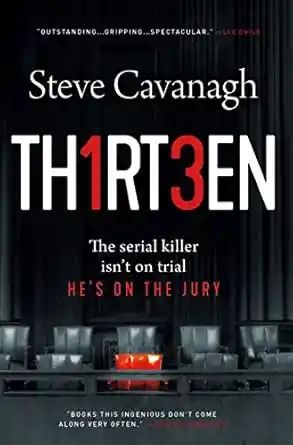Serial killers have long captured the public’s fascination, their horrific crimes sparking fear and intrigue. Real-life serial killers are frightening. However, fictional serial killers allow us to safely explore the darkest parts of the human mind.
Wondering what are some fictional serial killers? Explore famous fictional killers from movies, TV shows, and books that have captivated audiences worldwide.
Table of Contents
What are Some Fictional Serial Killers?
Serial killer movie characters have captivated audiences for decades, bringing terrifying and unforgettable villains to life. These famous fictional killers have become iconic figures in pop culture, leaving a lasting impact with their chilling stories and complex personalities. From psychological thrillers to slasher films, the following list features some of the most notorious fictional serial killers who continue to haunt our screens.
Hannibal Lecter
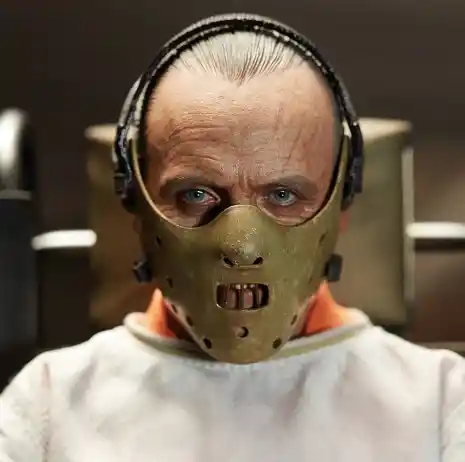
Hannibal Lecter is a fictional character, a brilliant psychiatrist and cannibalistic serial killer.
Created by author Thomas Harris, Lecter’s cunning intellect and sophisticated tastes make him a captivating and terrifying antagonist. Lecter often engages in psychological manipulation and mind games with his victims and pursuers. He is infamous for consuming parts of his victims, often preparing them in elaborate, gourmet meals.
Originally appearing in the novel Red Dragon, Lecter gained widespread recognition through The Silence of the Lambs. He has become an iconic figure in popular culture, representing the chilling combination of sophistication and monstrous evil.
Norman Bates
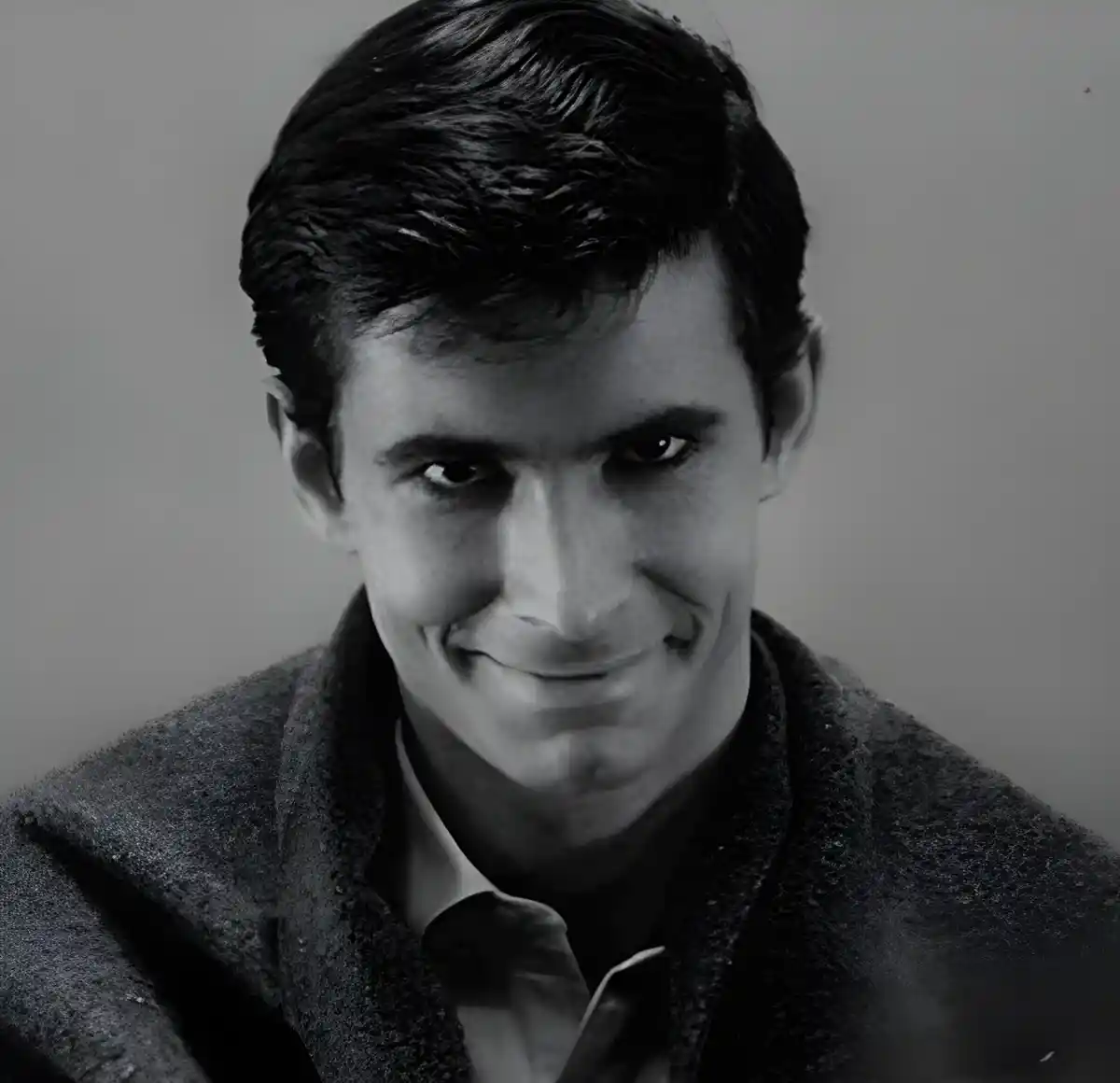
Norman Bates is a fictional character, most famously known from Alfred Hitchcock‘s 1960 film “Psycho.” He is the proprietor of the Bates Motel, a secluded establishment where he lives with his domineering mother. Norman suffers from a severe identity disorder, where he assumes the personality of his deceased mother. Driven by his “Mother” persona, he commits a series of murders. The most notable murder was that of Marion Crane in the iconic shower scene.
Norman’s character is a chilling exploration of the consequences of childhood trauma and unhealthy familial relationships. He is mentally unstable, and his violent tendencies make him a haunting figure in cinematic history. He represents the darkness that can lurk beneath a seemingly ordinary facade.
Patrick Bateman
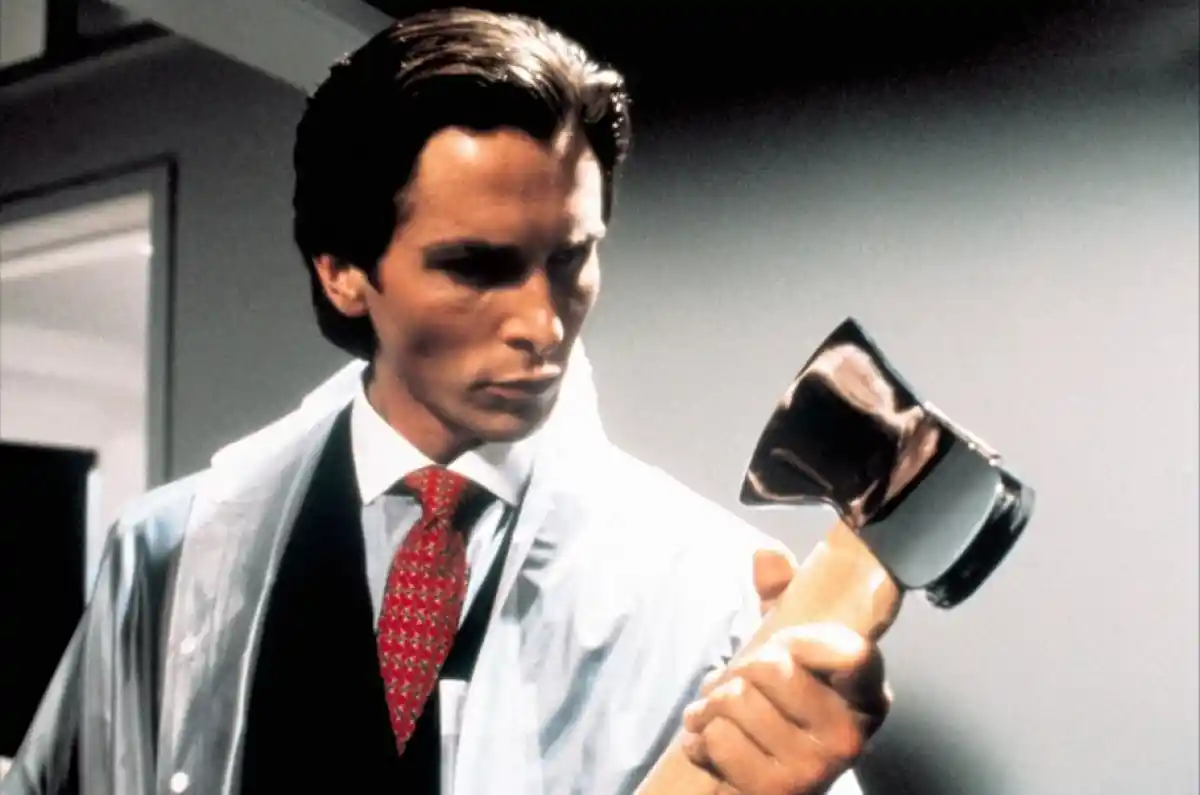
Patrick Bateman, played by Christian Bale, is the main character in Bret Easton Ellis’s novel “American Psycho.” He is a questionable narrator in the book and movie. He is a wealthy, superficial Wall Street investment banker in 1980s Manhattan. Bateman leads a double life as a serial killer.
Obsessed with appearances, status, and designer brands, he carefully details his lavish lifestyle while struggling to connect with others. His narcissism and detachment from reality fuel his violent impulses. Consequently, he committed increasingly gruesome acts against those he deems inferior or disposable.
Bateman’s story is a chilling satire of mass consumption and yuppie culture. It shows the emptiness of success in a society focused on appearances.
Dexter Morgan
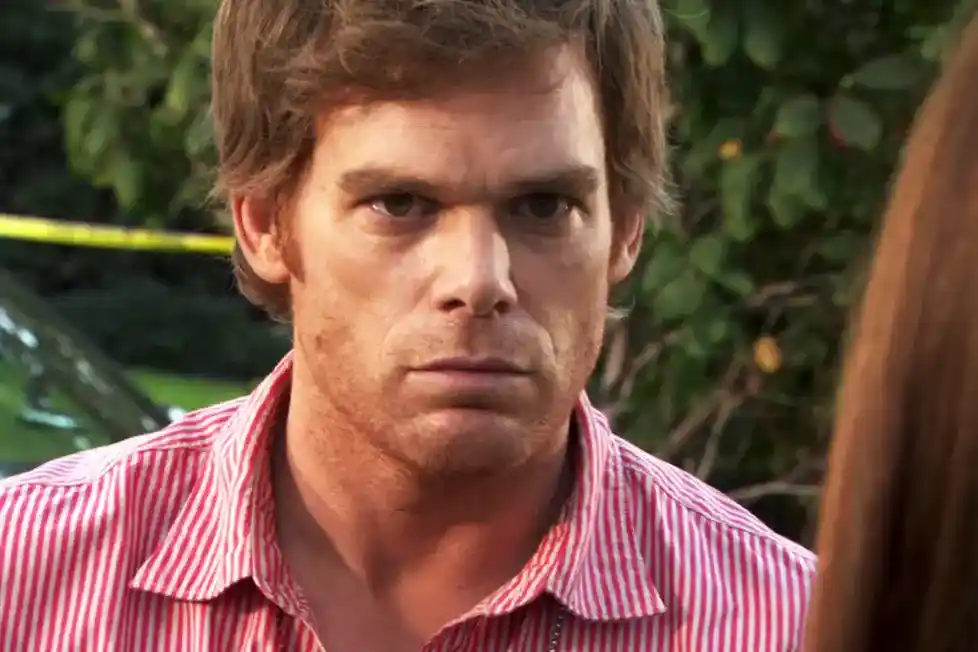
Dexter Morgan is a complex character. He is the main character and anti-hero in the “Dexter” book series and TV show. As a blood spatter analyst for the Miami Metro Police Department, he leads a secret double life. In the shadows, he is a vigilante serial killer.
Dexter’s childhood trauma of witnessing his mother’s brutal murder instilled in him a “Dark Passenger”. As a result, he possesses homicidal urges that he struggles to control. His adoptive father, Harry, recognized Dexter’s darkness and taught him a code to channel his urges. In a moral twist, Harry taught him to kill other murderers who have escaped justice. He carefully plans his kills, maintains a facade of normalcy, and skillfully evades capture.
John Doe
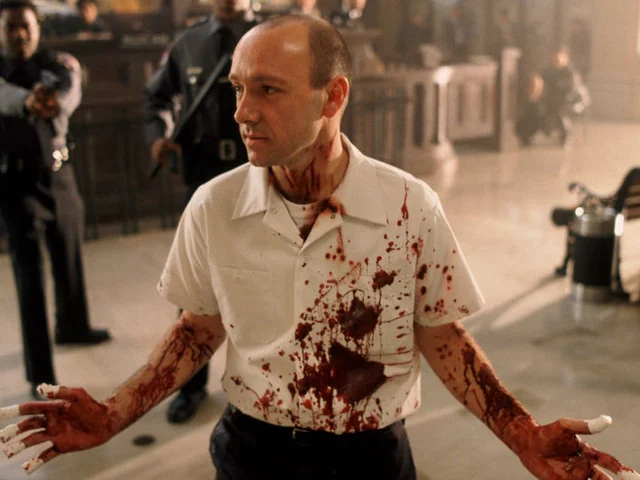
John Doe from the film “Se7en” is a fictional serial killer driven by religious zealotry. He plans and executes a series of gruesome murders based on the seven deadly sins, aiming to punish those he deems guilty.
His character represents a chilling exploration of extremism and the consequences of unchecked beliefs. He leaves a lasting impression on audiences with his methodical approach and philosophical excuses for his horrific crimes.
The Trinity Killer (John Kramer / Jigsaw)
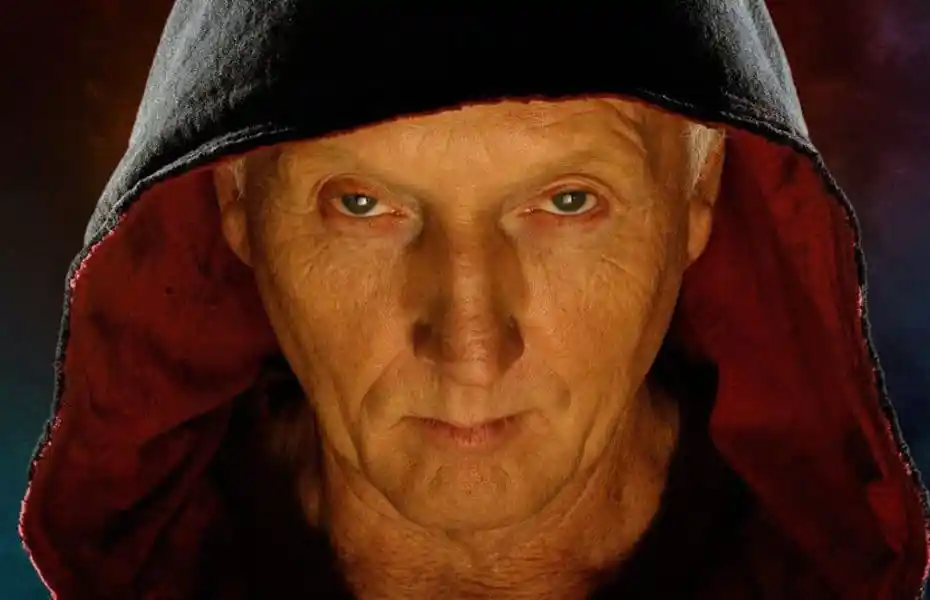
People knew John Kramer, also known as Jigsaw, as the Trinity Killer. He is a complex and morally ambiguous antagonist from the “Saw” franchise. A former civil engineer diagnosed with terminal cancer, Kramer becomes disillusioned with those who take their lives for granted. He takes on the role of Jigsaw, believing that people can only value life when they might lose it.
Jigsaw doesn’t consider himself a murderer but rather a teacher. He provides his victims, whom he views as morally compromised, with a chance at redemption. His elaborate and deadly “games often involve physical and psychological torture. He forced participants to make agonizing choices or confront their past mistakes.
He designs his traps to incorporate symbolism related to the victim’s transgressions. Despite his brutal methods, Jigsaw maintains a twisted sense of morality. He believes that those who survive his games emerge stronger and more appreciative of life. His legacy extends beyond his own death. He inspires a series of apprentices who continue his work, ensuring that his gruesome philosophy lives on.
Ghostface
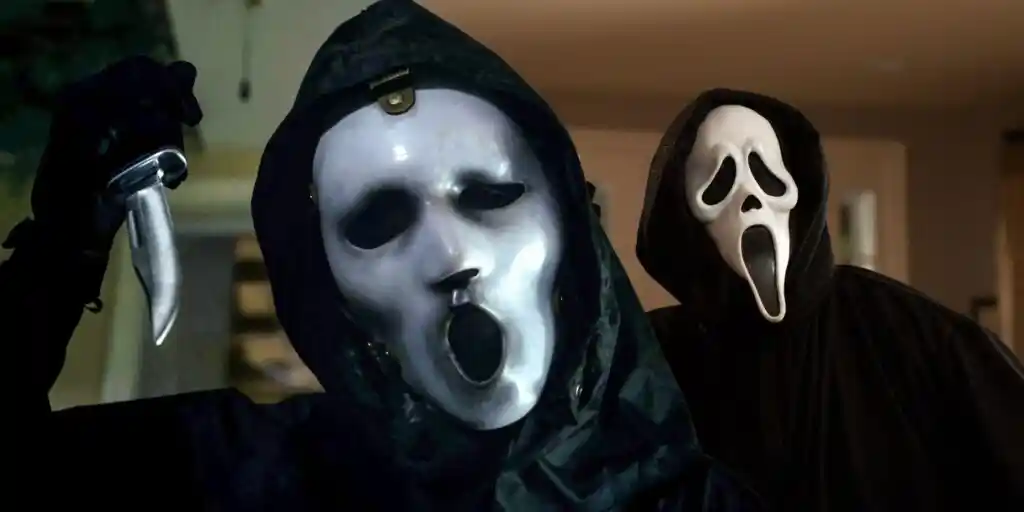
The famous masked killer from the “Scream” series is Ghostface. People know him for his scary phone calls and changing identity. He also uses trivia from horror movies.
They represent the embodiment of the slasher genre, using fear and suspense to terrorize their victims.
Their mysterious nature and motives make them a fascinating and scary enemy. The mysterious mask makes audiences guess who is behind it.
The killers’ penchant for horror movie trivia and their taunting phone calls have made them a staple of slasher cinema.
Buffalo Bill (Jame Gumb)
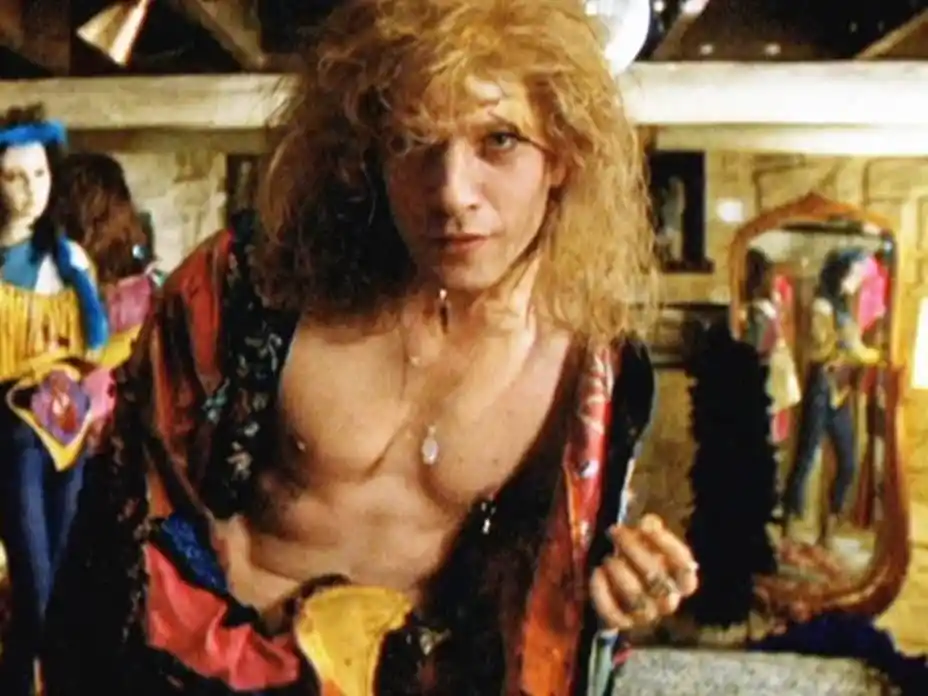
Jame Gumb, also known as Buffalo Bill, is a fictional serial killer from “The Silence of the Lambs.” He murders overweight women and skins them to create a “woman suit” for himself. He believes this will transform him into a woman. Gumb’s troubled past, including a difficult childhood and the murder of his grandparents, shaped his disturbed psyche. He views his victims as objects rather than people. And his obsession with transformation reflects a deep-seated identity crisis.
Buffalo Bill’s chilling actions and motivations make him a particularly horrifying and memorable antagonist, representing the darkest aspects of human depravity and delusion.
Anton Chigurh
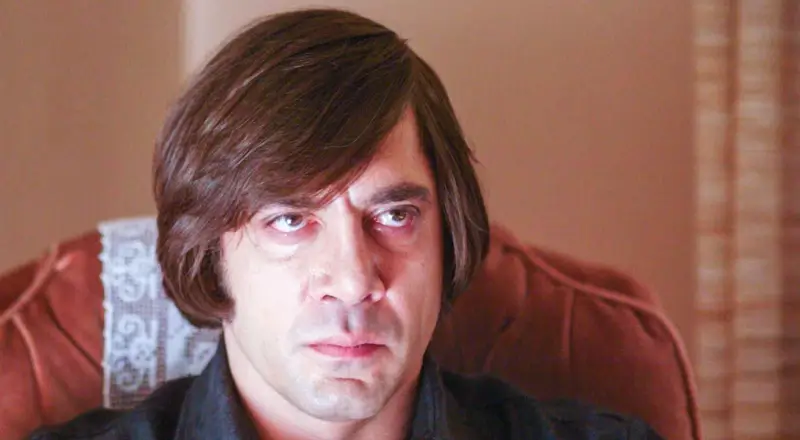
Anton Chigurh is a fictional character. He is the main antagonist in Cormac McCarthy‘s novel “No Country for Old Men” and its film adaptation.
Chigurh is a ruthless and methodical hitman who is devoid of empathy. Principle and fate drives twisted sense of reality. He employs unique methods, including a captive bolt pistol, and often leaves the fate of his victims to a coin toss. His cold, detached demeanor and adherence to his own moral code make him an unstable and terrifying force.
Chigurh embodies a chilling representation of remorseless evil. These examples showcase the diversity of fictional serial killers. They are methodical planners and impulsive agents of chaos. Each character offers a unique exploration of the dark side of human nature.
They challenge our understanding of morality, forcing us to confront the unsettling reality that evil can take many forms. Whether through their motives or methods, these fictional killers continue to captivate and terrify audiences. They remind us of the enduring power of storytelling to delve into the darkest corners of our imaginations.
Serial Killers Stories
- Jeffrey Dahmer: The Milwaukee Cannibal
- Richard Ramirez: The Night Stalker Who Terrorized California
- Rodney Alcala: The Dating Game Killer
- The Chilling Case of Ben Doberman Serial Killer
Serial Killer Books (Fiction)
Read “TH1RT3EN”
Read “The Butcher and the Wren: A Novel”
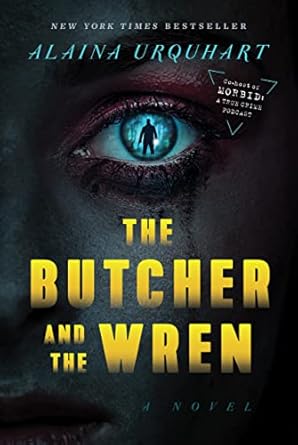
A thrilling cat-and-mouse chase between a relentless forensic pathologist and a cunning serial killer.
Read “Play Dead (Detective Kim Stone, 4)”
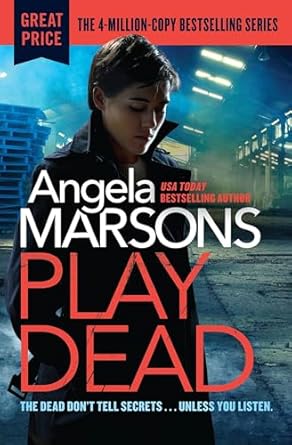
Detective Kim Stone faces a killer who uses a body farm as the perfect hiding place for their crimes.
Read “A Killer in the Family: A Novel (Jonah Sheens Detective Series)”
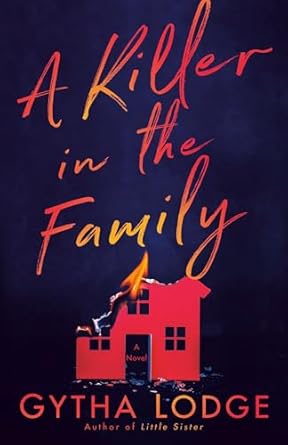
A woman’s search for her father leads her to a detective who suspects her family might be harboring a serial killer.
FAQs
Who is Dr. Hannibal Lecter?
Dr. Hannibal Lecter is a fictional character, a brilliant psychiatrist and a cunning cannibalistic serial killer. He is most famously portrayed by Anthony Hopkins in The Silence of the Lambs film, but he also appears in other books and films within the Hannibal Lecter franchise.
Where was Bates Motel filmed?
The television series “Bates Motel” was primarily filmed in Aldergrove, British Columbia, Canada.
Why does Dexter Morgan’s lab change?
As Dexter’s life evolves and he moves to different locations, his “kill room” or lab also has to change. This is both for practical reasons (he needs a new, secure space in his new home) and to maintain the secrecy of his activities. The lab’s changing appearance can also reflect Dexter’s internal state or the current challenges he’s facing. For example, a more disorganized or chaotic lab might symbolize a period of turmoil in Dexter’s life.
Where was “No Country for Old Men” filmed?
While “No Country for Old Men” is set in Texas, it was primarily filmed in New Mexico, with some scenes shot in Texas.
What serial killer has a woman fan?
Several notorious serial killers have garnered a surprising number of female admirers, often referred to as “groupies.” One of the most infamous examples is Ted Bundy, who had numerous female fans despite being convicted of brutally murdering at least 30 women. His charm and good looks attracted many admirers, and some even sent him love letters while he was on death row. This phenomenon, where women are drawn to dangerous criminals, is known as hybristophilia.
